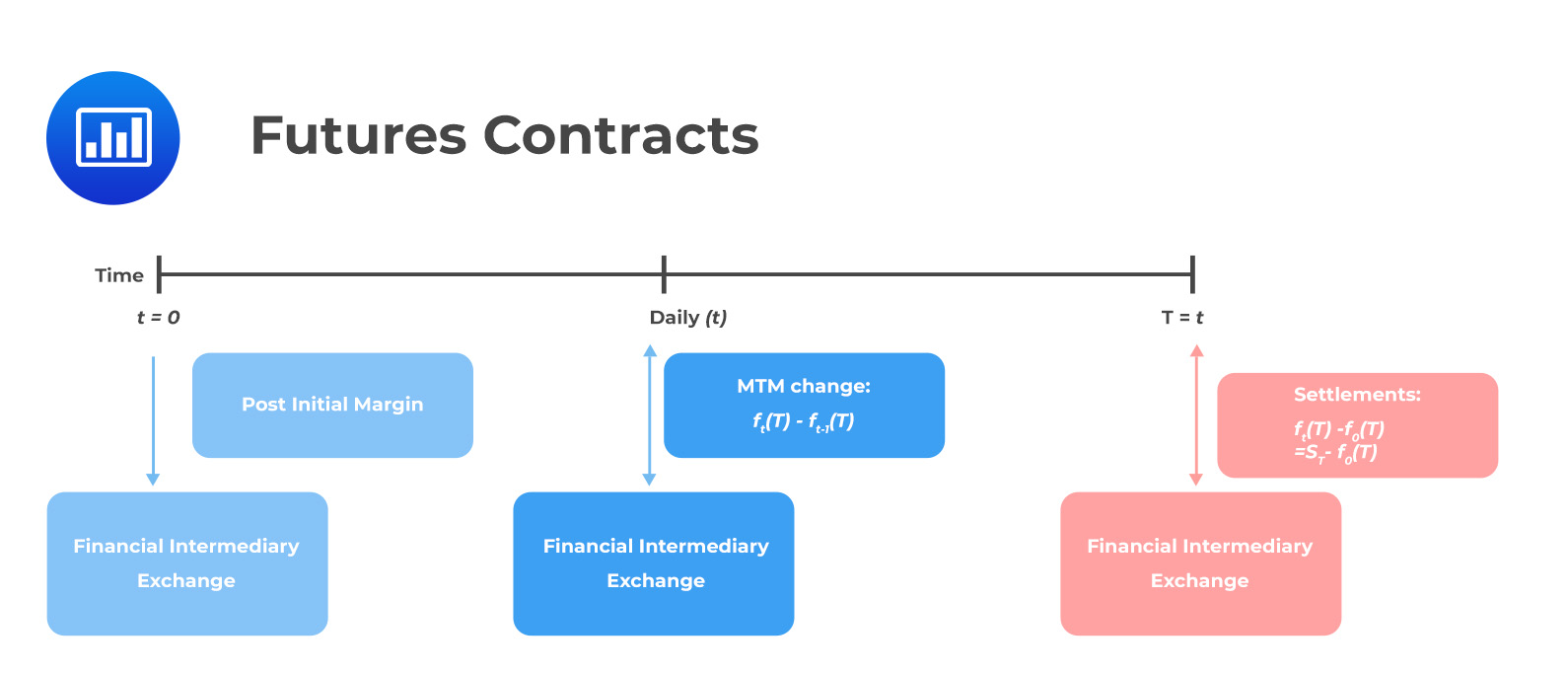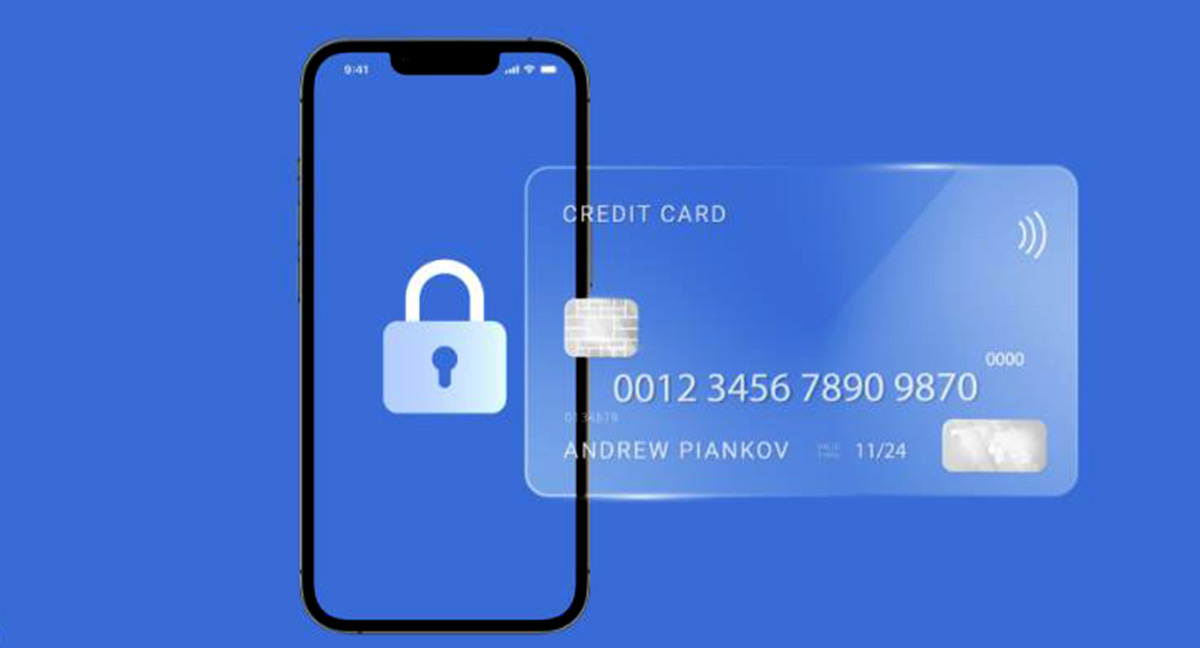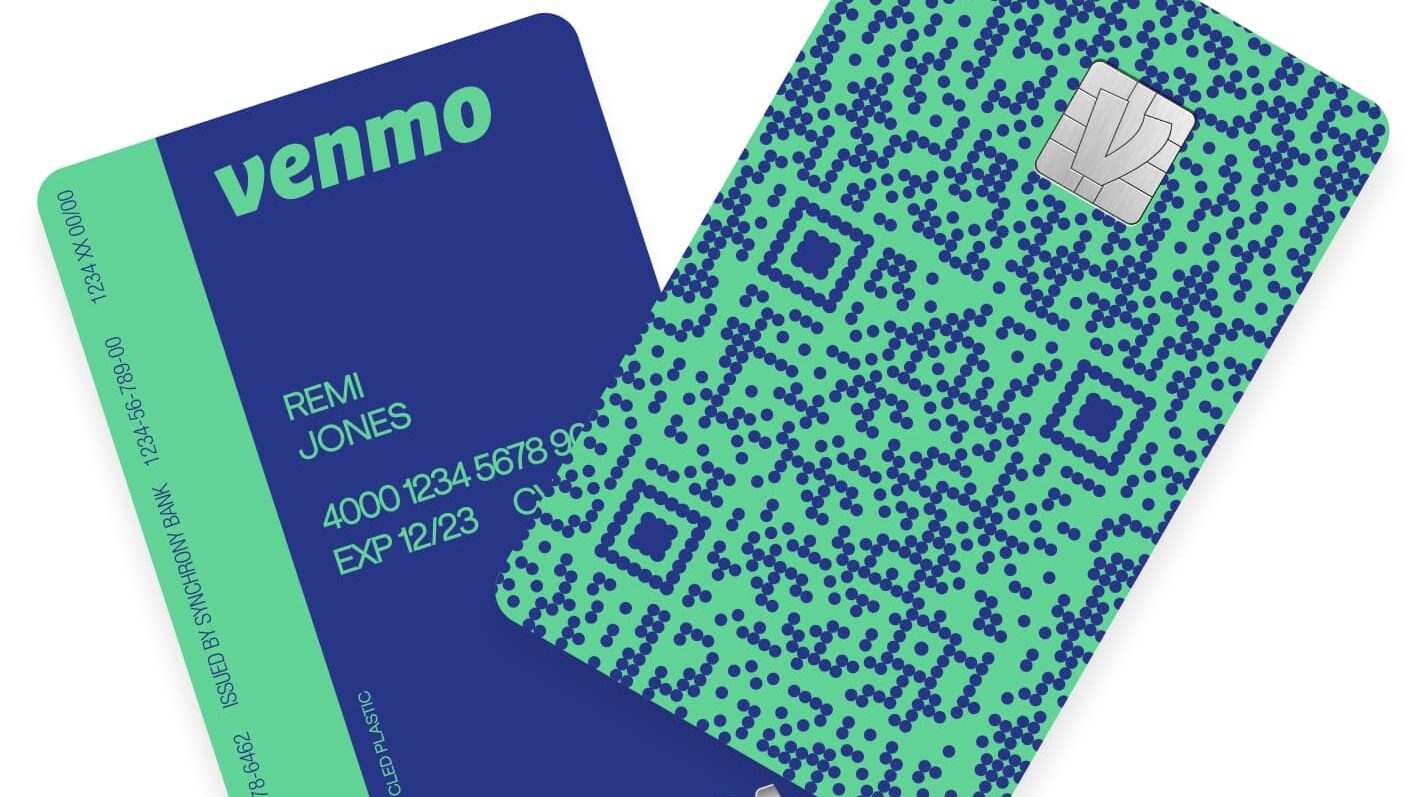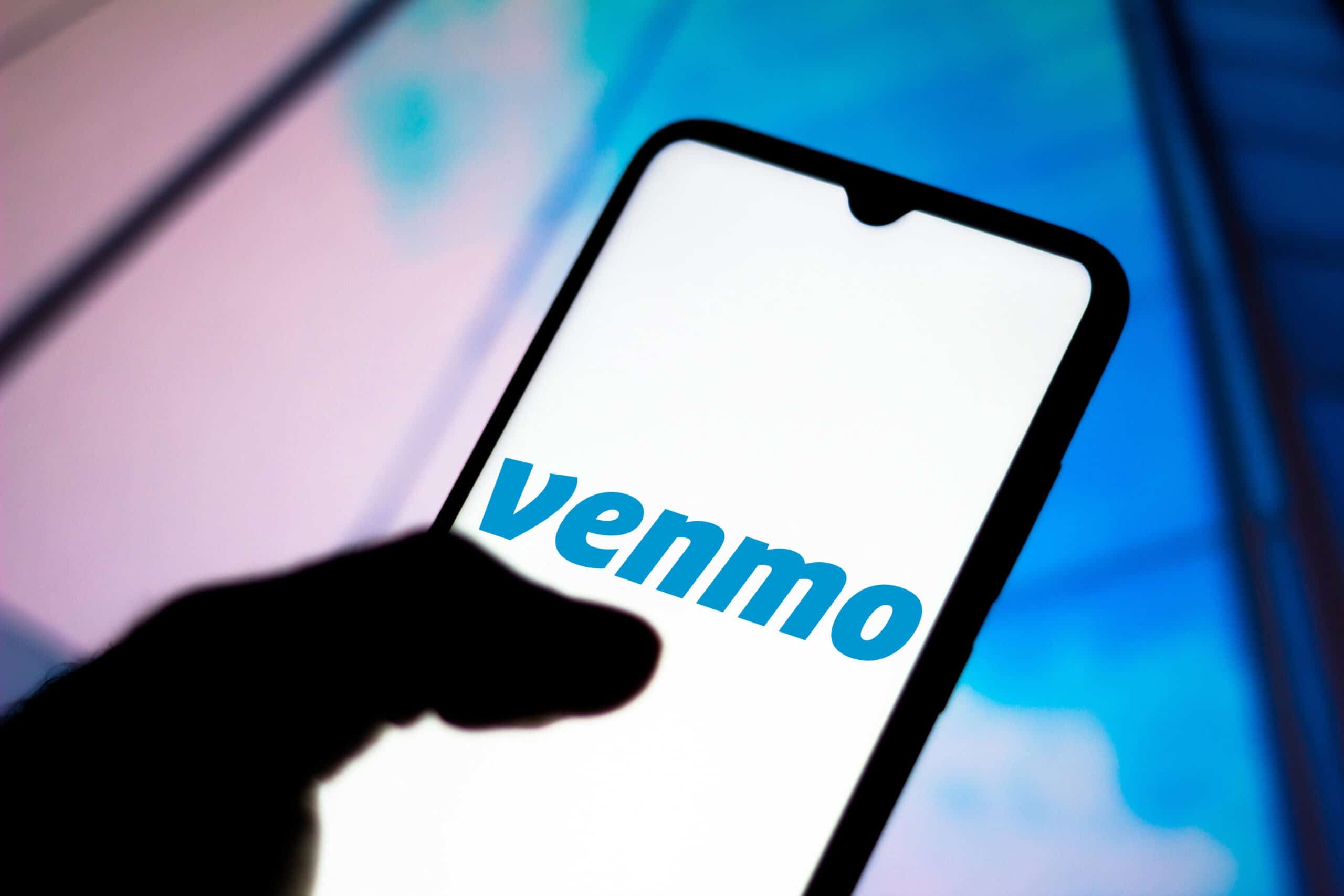

Finance
How Safe Is Venmo & Should You Use It?
Published: September 6, 2023
(Many of the links in this article redirect to a specific reviewed product. Your purchase of these products through affiliate links helps to generate commission for LiveWell, at no extra cost. Learn more)
If you’re considering using Venmo as a method of transferring funds, you’re bound to be concerned with the safety implications. Is Venmo safe? In short, yes.
However, it would be wise to bear in mind that it is as safe as most other things on the Internet. Meaning that you should do your research to fully understand any risks you might be taking on.
Fret not, we plan on covering all possible questions we think you might have about the online, money transfer platform!
When Was Venmo Created?
Venmo came into existence in 2009. Its humble beginnings found it as a more basic method of transferring funds via text messages. Realising the potential of their concept, Venmo introduced an application that both allowed transfers to be made and acted as a social networking platform.
The idea was a success andnot long after, the people behind the payment systems for Airbnb and Uber, Braintree, acquired Venmo. A little less than a year after this, Paypal bought over Venmo for $800 million.
How Does Venmo Work?

Photo from venmo.com
The idea behind Venmo is simple enough. You hook up a credit or debit card to your Venmo account and it allows you to make transfers to other users of the application.
As with many other platforms that allow you to make transfers, Venmo also allows you to use it to make purchases – both online and at brick and mortar stores.
If you’re trying to understand Venmo a little deeper, think of it as a middleman. The balance reflected in your Venmo account is more of a ledger balance. What this means is that until a user banks his Venmo balance, the money isn’t actually in his possession.
How Does Venmo Make Money?
You might be wondering, ‘how do platforms like Venmo make a profit?’. Not unlike Paypal itself, Venmo charges the many merchants they have that accept it as a method of payment.
A rather high 2.9% of the transaction is charged as a fee on top of a 30 cent transaction fee. Additionally, Venmo takes 1% of your transfer amount of Instant Transfers in cash out of your Venmo account. However, there it is capped at $10 and comes with a minimum of 25 cents.
You might also have noticed a 3% charge when transferring money from a credit card. This is the fee charged by the credit card companies. Venmo simply carries this charge forward.
What Sets Venmo Apart From Other Transfer Apps?
Venmo markets themselves as more than just a platform to transfer funds. Venmo has also found a way to introduce a social media aspect to the application. You can easily share the details of your transfers with friends on your contact list.
You can share the details of your purchases on a timeline and have your friends react or comment, not unlike Facebook.
Additionally, Venmo allows users to easily split bills. Nobody wants to deal with the hassle of math while out for a night on the town. With a couple of simple clicks, you can easily divide the tab for the night and send your friends nifty little reminders.
On top of this, you can also easily share what you’ve bought with Venmo and see what purchases your friends are making. Think of it as a Facebook but with the handy addition of being able to make purchases and transfers.
What Is A Venmo Credit Card?
A Venmo credit card is a debit card that function off of the Mastercard network. As the name implies, it is linked to your Venmo account and allows you to spend your Venmo balance at participating retailers. You can get a card by registering within your application.
While it is free for you to get yourself a Venmo credit card, there are other fees that come with the usage of the card. These fees come about when you make withdrawals from your Venmo balance or transfer funds out of your account. However, there are no annual or monthly fees associated with owning a Venmo credit card.
Another good point to note is that you are only allowed one Venmo credit card per account as it is linked directly to your account and the funds located within that account.
How Safe Is Venmo?

Photo from Unsplash
You are probably wondering how safe a transfer app like Venmo can be? Especially when your purchases and activity are being shared with a relatively large number of your followers. However, as with any other money transfer app, there are safety concerns in play.
There are added concerns since your transaction history is being broadcasted. The default settings within Venmo make it so that all transactions made are public to the entire world. While you can select who sees what and who doesn’t, it does make you wonder how safe the application itself is.
This means that unless you’re tech-savvy enough to know this fact about the app, you might not have bothered to change it to something that better protects your privacy.
So when asking the question, ‘how safe is Venmo’, understand that while it does aim to keep all sensitive information private, your digital footprint is amplified.
In Conclusion…
In essence, we feel that there are other apps available that share the same foundation as Venmo. That is, being a quick and easy way to transfer funds, without the added fear of safety and privacy concerns.
Some of the other apps that share the same basic functions of Venmo are WePay or Cash App. Both of these apps allow the same seamless transfer of funds between friends. That is without the social media (and somewhat creepy) function that displays your transfers to the world.
However, if this doesn’t bother you too much and you are comfortable with the settings you have set your Venmo account to function on, it can be enjoyable to share what you’ve been getting up to with your peers. In a sense, platforms like Facebook and Instagram also do very little for reducing your digital preference.
When it comes down to it, it depends on your personal preferences and how much (or how little) you like to share about what you get up to in your free time.














